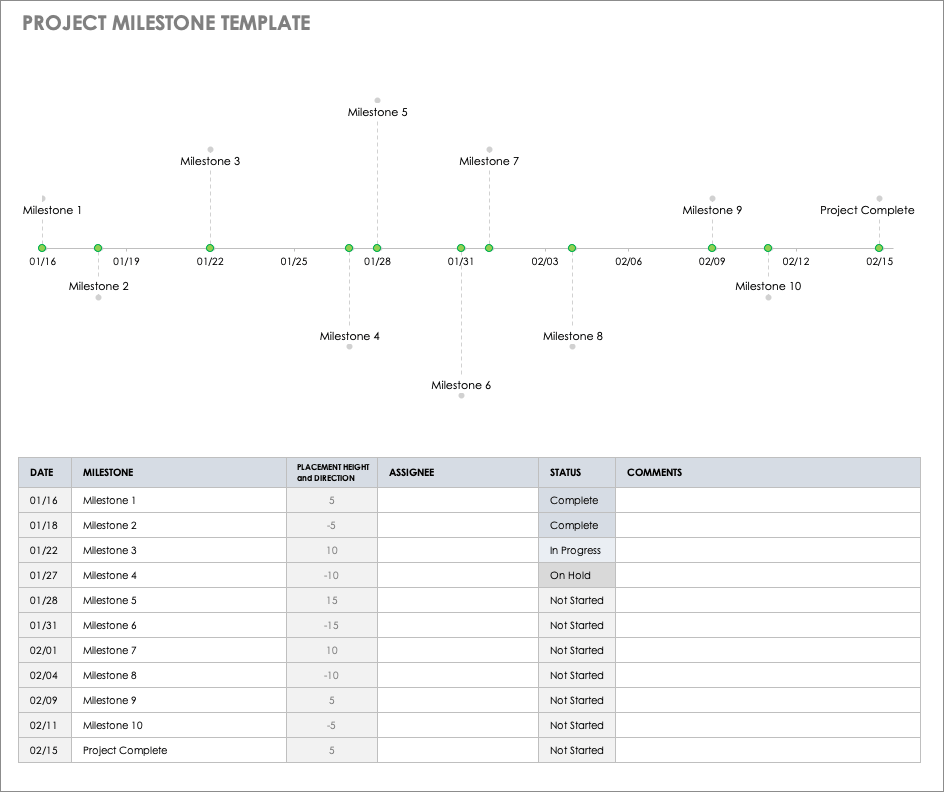When it comes to project management, staying organized and on track is crucial for success. A project milestone chart is a powerful tool that can help you plan, track, and communicate the progress of your project.
In this article, we will explore what a project milestone chart is, how it can benefit your project, and provide you with practical tips on creating and using one effectively.
What is a Project Milestone Chart?
A project milestone chart is a visual representation of key events or deliverables that need to be achieved throughout a project. It serves as a roadmap, outlining the major milestones and their expected completion dates. Milestones are significant points in a project that mark the completion of a major phase, the achievement of a key deliverable, or the occurrence of an important event.
Unlike a project schedule that focuses on tasks and activities, a milestone chart provides a high-level overview of the project’s progress and helps stakeholders understand the project’s overall timeline and key achievements. It allows project managers and team members to track progress, identify potential bottlenecks, and make informed decisions to keep the project on track.
Why Should You Use a Project Milestone Chart?
A project milestone chart offers several benefits for effective project planning and tracking:
- Clear Communication: A milestone chart provides a simple and visual way to communicate project progress and key achievements to stakeholders, team members, and clients.
- Improved Planning: By identifying and setting milestones, you can break down complex projects into manageable phases and tasks, making it easier to plan and execute.
- Deadline Management: Milestones act as deadlines for key deliverables, helping you manage time effectively and ensure the timely completion of critical project components.
- Risk Identification: A milestone chart allows you to identify potential risks and bottlenecks early on, enabling you to take preventive actions to mitigate them.
- Progress Tracking: With milestones, you can track the progress of your project against the set timeline, enabling you to quickly identify any deviations and take corrective measures.
- Team Alignment: Milestone charts help align project teams by providing a shared understanding of project goals, timelines, and deliverables.
How to Create a Project Milestone Chart?
Creating a project milestone chart involves several steps:
1. Identify Project Milestones
Start by identifying the key events, deliverables, or phases that are critical to the success of your project. These milestones should represent significant achievements or decision points that mark the completion of a major project phase or the delivery of a key outcome.
2. Define Milestone Descriptions
For each milestone, provide a clear and concise description that explains what it represents and why it is important. This description should help stakeholders understand the significance of each milestone and its impact on the overall project.
3. Determine Milestone Dates
Assign specific dates or timeframes to each milestone based on your project timeline and dependencies. Ensure that the milestone dates are realistic and achievable, taking into account any potential risks or constraints.
4. Create a Visual Representation
Choose a suitable visual format for your milestone chart, such as a Gantt chart or a timeline. Use colors, labels, and symbols to make the chart visually appealing and easy to understand. Include the milestone descriptions and dates in the chart.
5. Share and Update the Chart
Share the milestone chart with your project team, stakeholders, and clients to ensure everyone is on the same page. Regularly update the chart as the project progresses, marking completed milestones and adjusting dates if needed.
Example of a Project Milestone Chart
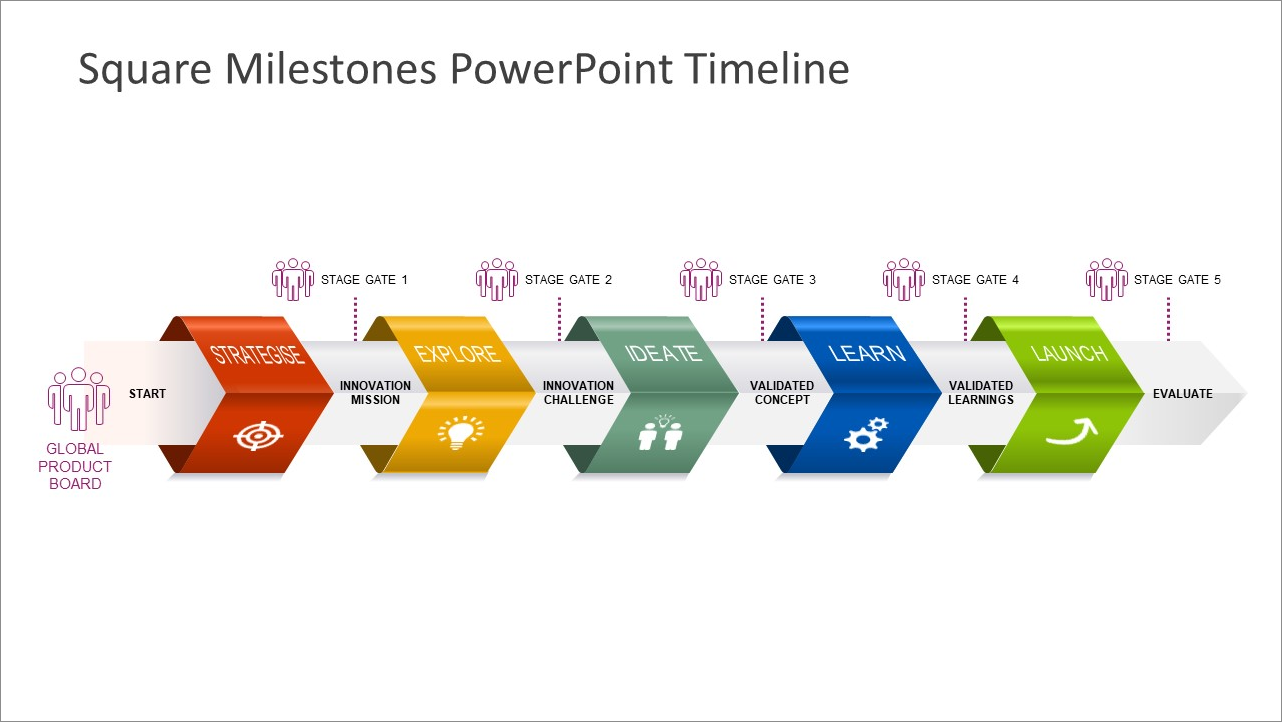
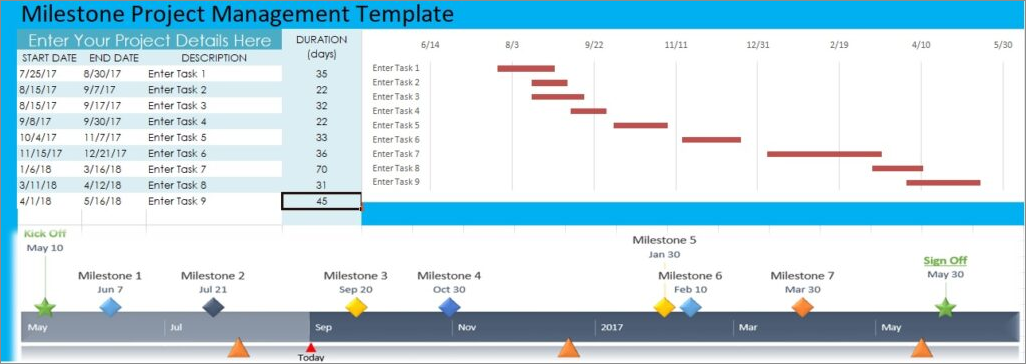
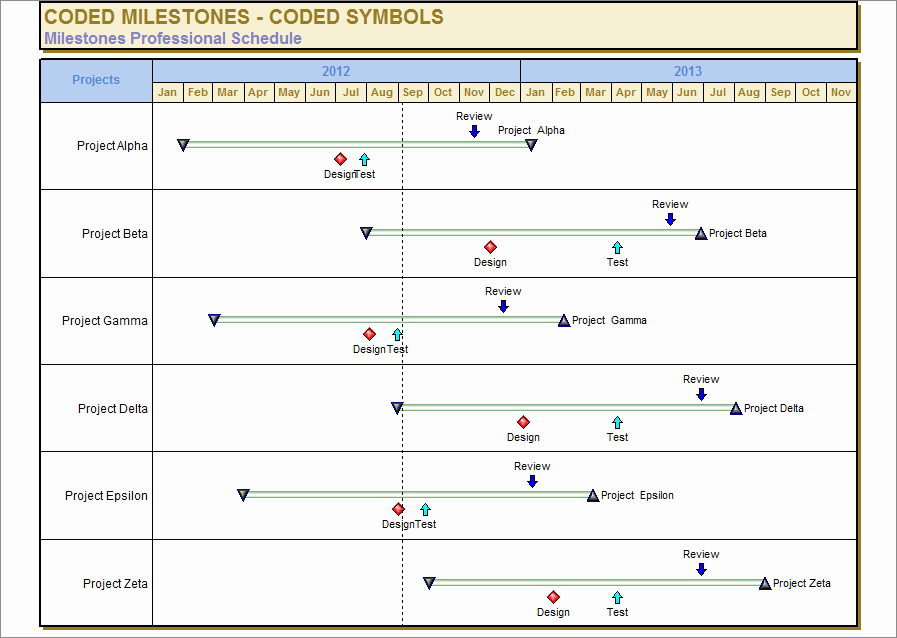
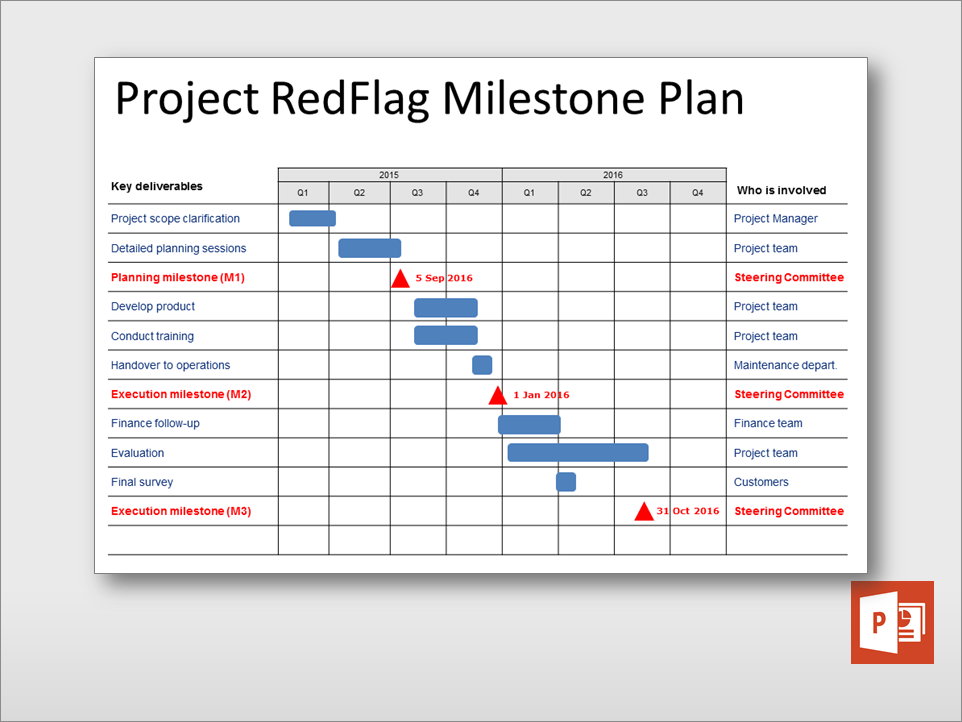
Here is a sample project milestone chart for a website development project:
Milestone 1: Project Kickoff
Description: Official project initiation and kickoff meeting
Date: January 1, 2023
Milestone 2: Requirements Gathering
Description: Gather client requirements and finalize project scope
Date: January 15, 2023
Milestone 3: Design Approval
Description: Obtain client approval on the website design
Date: February 1, 2023
Milestone 4: Development Complete
Description: Complete the development of all website functionalities
Date: March 1, 2023
Milestone 5: User Acceptance Testing
Description: Test the website with end-users and gather feedback
Date: March 15, 2023
Milestone 6: Launch and Deployment
Description: Deploy the website to the production server and make it live
Date: March 31, 2023
Milestone 7: Project Closure
Description: Conduct project review and hand it to maintenance team
Date: April 15, 2023
Conclusion
A project milestone chart is an invaluable tool for effective project planning and tracking. By visually representing key events and deliverables, it helps stakeholders and team members understand the project’s progress and timeline. Use the steps outlined in this article to create your milestone chart and reap the benefits of improved communication, planning, and progress tracking in your projects.
Project Milestone Chart Template – Download
